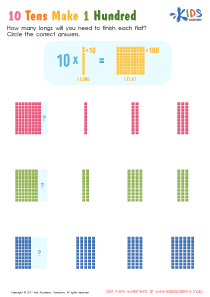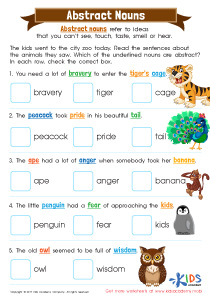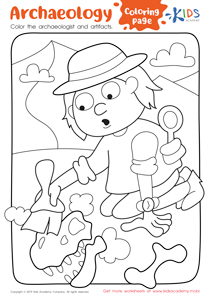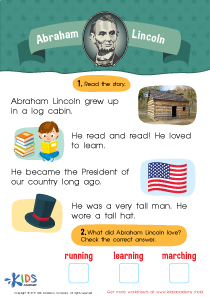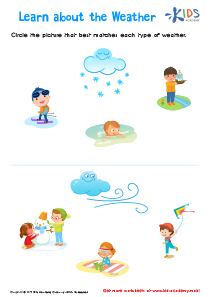Normal Rhyming worksheets activities for Ages 5-6
1 filtered results
-
From - To
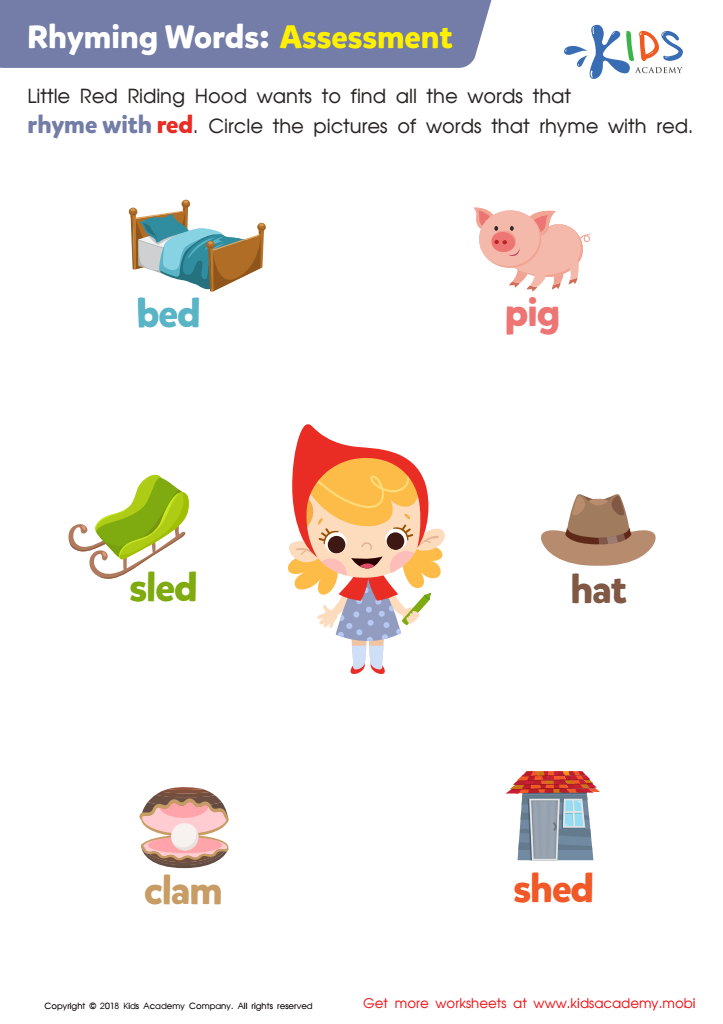

Rhyming Words: Assessment Worksheet
Normal Rhyming worksheets activities are quintessential tools in the linguistic and cognitive development of students, particularly in the early stages of learning. These activities are designed to enhance a student’s ability to recognize, produce, and manipulate sounds, a foundational skill in the development of literacy and phonemic awareness. Understanding and engaging with rhymes prepares students for reading and writing by highlighting the phonetic structures that form the English language.
Firstly, Normal Rhyming worksheets activities foster phonological awareness, an essential component of reading skills. By matching or generating words that sound alike, students learn to listen for and discern patterns in sounds, an ability that is critical for decoding words when reading and for spelling. This auditory discrimination helps in distinguishing subtle differences between sounds, contributing to a more refined grasp of language nuances.
Moreover, these activities enhance vocabulary. When engaged in rhyming exercises, students are often introduced to a plethora of new words, expanding their language repertoire. This not only aids in their expressive language skills but also in their comprehension abilities. The encounter with new vocabulary in a structured and playful context makes the learning process both effective and enjoyable.
Additionally, Normal Rhyming worksheets activities encourage creativity and cognitive flexibility. The challenge of finding rhyming pairs or completing rhyming strings stimulates creative thinking and problem-solving skills. It invites students to explore language, experiment with sounds, and discover the musicality of words, all of which contribute to a deeper appreciation and enjoyment of reading and writing.
Lastly, these activities are inclusive and adaptable, catering to a wide range of learning styles and abilities. Whether working independently, in pairs, or groups, students of various skill levels can engage with the material, ensuring that each child finds success and confidence in their linguistic abilities.
In conclusion, Normal Rhyming worksheets activities are invaluable in the foundational stages of education. They not only lay the groundwork for reading and writing success but also foster a lifelong love and mastery of language through playful, engaging, and educational exercises.
 Assign to the classroom
Assign to the classroom





